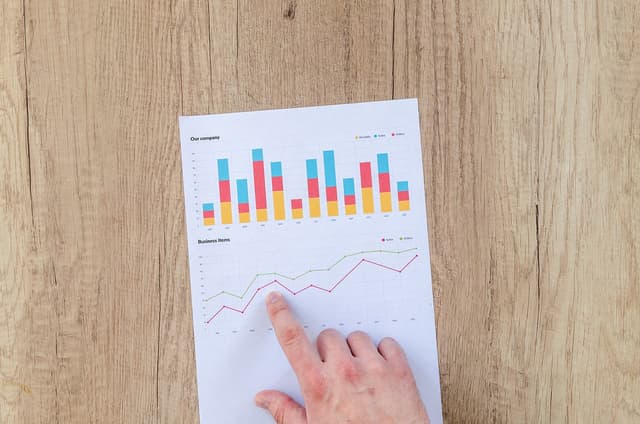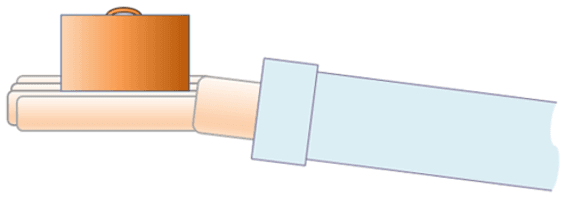Muscle strength: do and review (non-statutory)
I can carry out and review an investigation into muscle strength.
Muscle strength: do and review (non-statutory)
I can carry out and review an investigation into muscle strength.
These resources will be removed by end of Summer Term 2025.
Switch to our new teaching resources now - designed by teachers and leading subject experts, and tested in classrooms.
These resources were created for remote use during the pandemic and are not designed for classroom teaching.
Lesson details
Key learning points
- Scientists carry out the investigations they have planned to find answers to their questions.
- Scientists look for patterns in the data they have collected and make conclusions.
- Scientists review their investigations. Sometimes the data they collect are unexpected.
Keywords
Muscle strength - Muscle strength is shown by how well a muscle can withstand a force or pressure.
Record - To record information is to keep it, so that it can be passed on to others.
Review - A review is the act of considering something again in order to make changes to it, give an opinion of it, or study it further.
Patterns in data - Scientists look for patterns in data to answer their questions.
Conclusion - In a conclusion, scientists explain what their results show or mean.
Common misconception
Pupils may believe that the results from a few children they measured can be applied to all humans.
Share each group's results and see how they are different. Explain that a much larger sample may provide different results.
To help you plan your year 3 science lesson on: Muscle strength: do and review (non-statutory), download all teaching resources for free and adapt to suit your pupils' needs...
To help you plan your year 3 science lesson on: Muscle strength: do and review (non-statutory), download all teaching resources for free and adapt to suit your pupils' needs.
The starter quiz will activate and check your pupils' prior knowledge, with versions available both with and without answers in PDF format.
We use learning cycles to break down learning into key concepts or ideas linked to the learning outcome. Each learning cycle features explanations with checks for understanding and practice tasks with feedback. All of this is found in our slide decks, ready for you to download and edit. The practice tasks are also available as printable worksheets and some lessons have additional materials with extra material you might need for teaching the lesson.
The assessment exit quiz will test your pupils' understanding of the key learning points.
Our video is a tool for planning, showing how other teachers might teach the lesson, offering helpful tips, modelled explanations and inspiration for your own delivery in the classroom. Plus, you can set it as homework or revision for pupils and keep their learning on track by sharing an online pupil version of this lesson.
Explore more key stage 2 science lessons from the Introduction to the human skeleton and muscles unit, dive into the full secondary science curriculum, or learn more about lesson planning.

Equipment
See additional materials.
Content guidance
- Depiction or discussion of sensitive content
- Risk assessment required - equipment
- Risk assessment required - physical activity
Supervision
Adult supervision required
Licence
Starter quiz
6 Questions

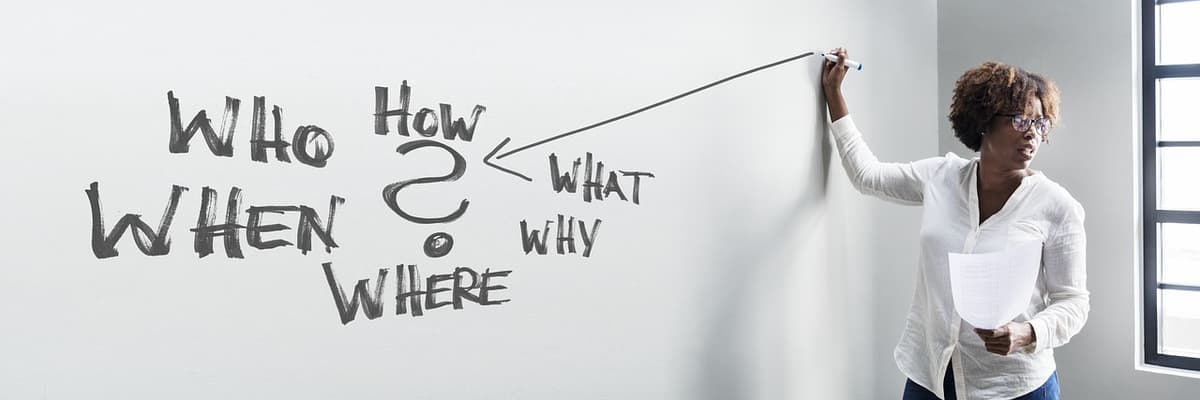
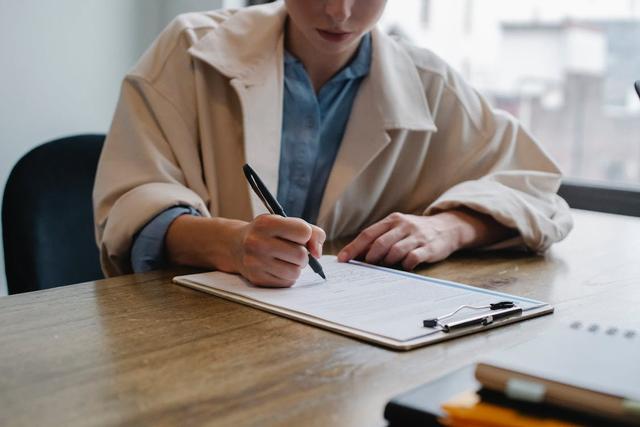
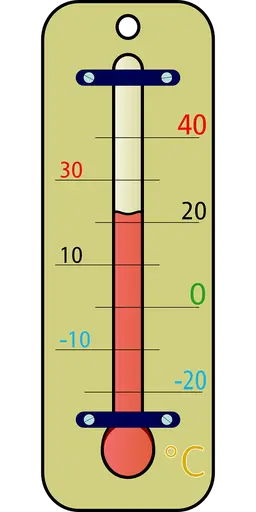
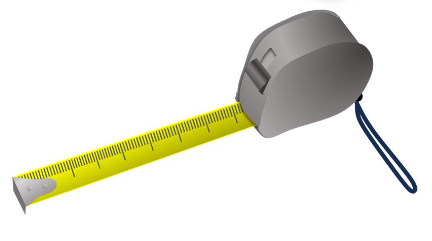

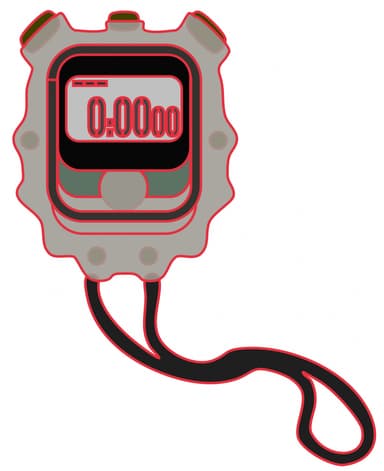
Exit quiz
6 Questions


